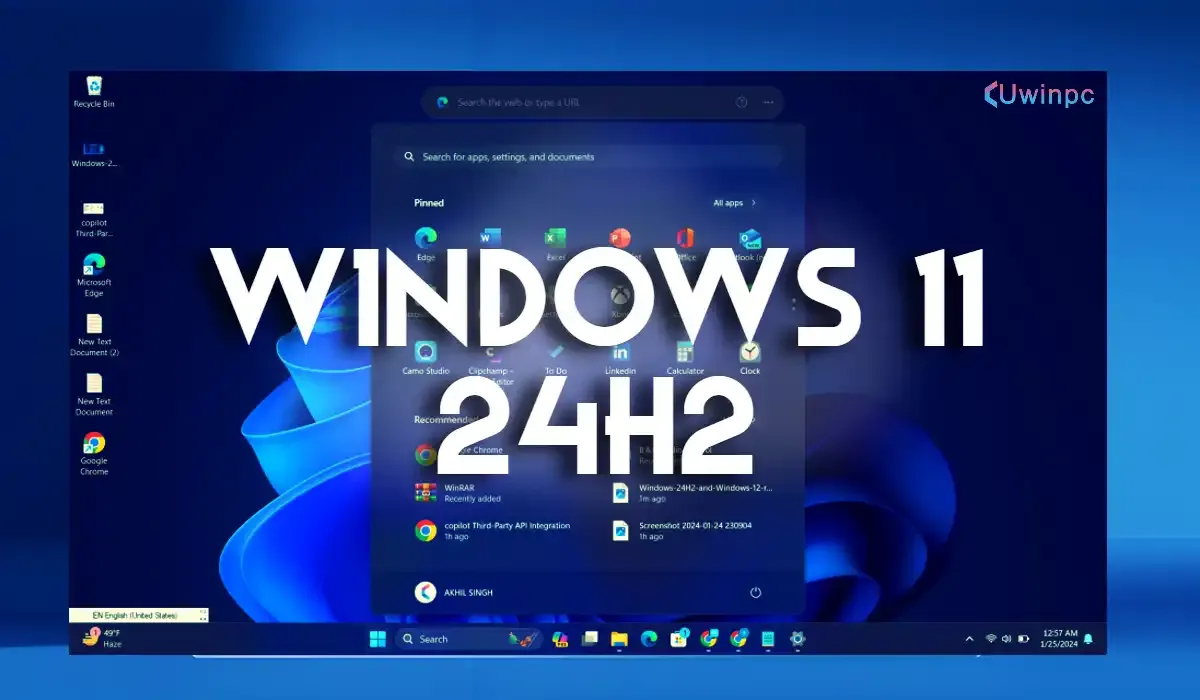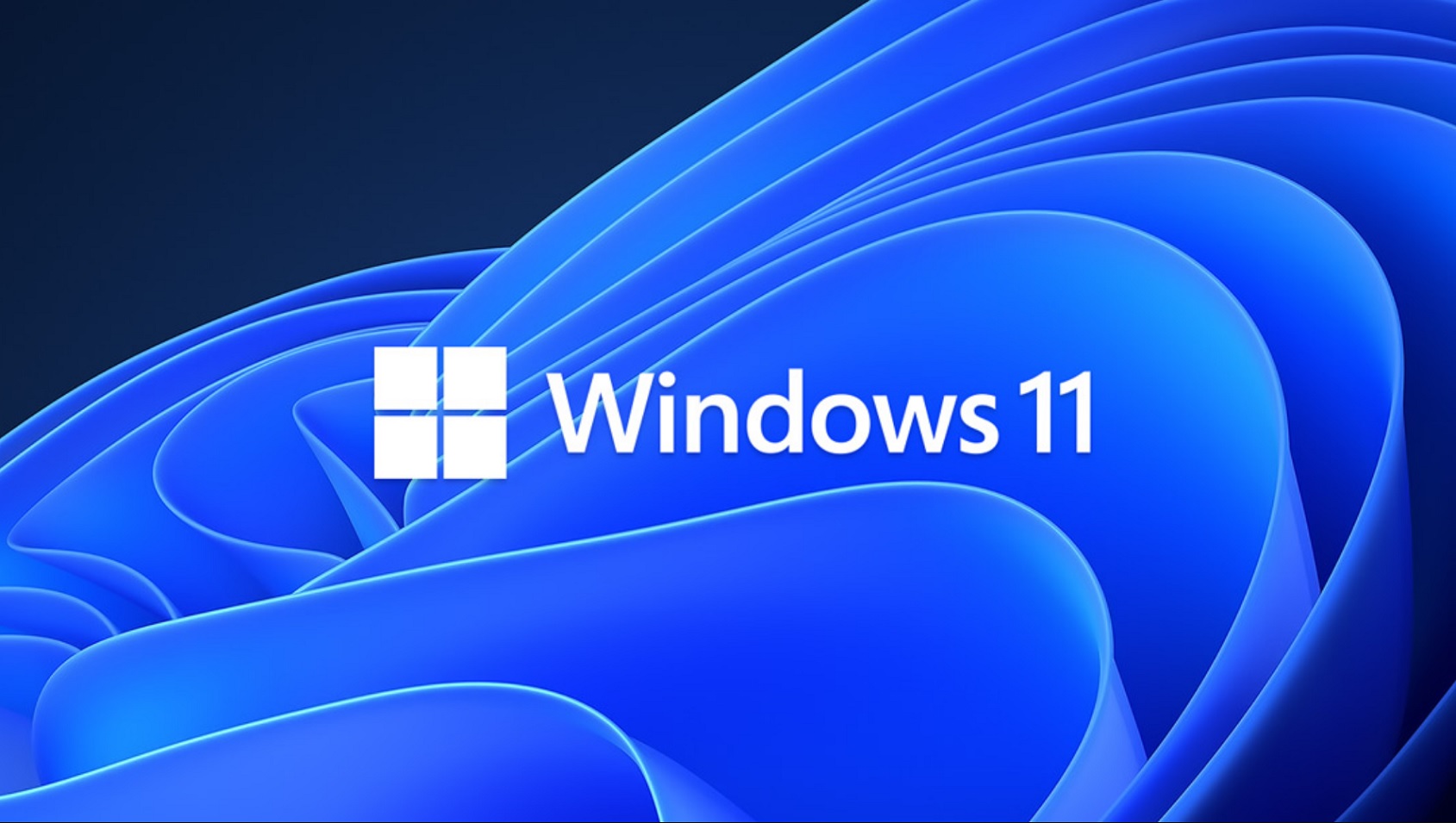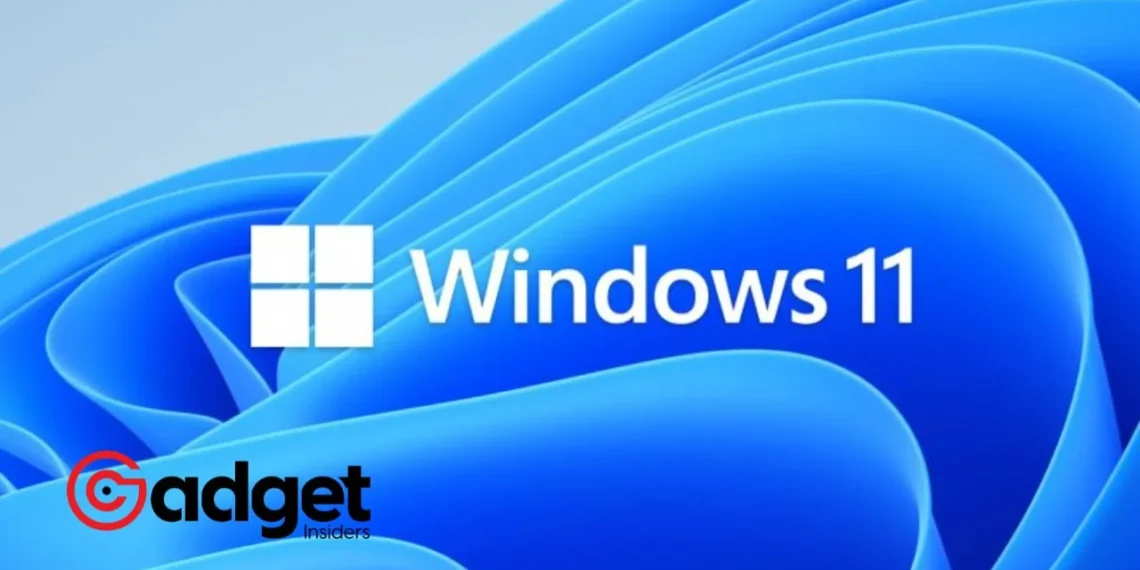As whispers of a new Windows generation subtly transition into thunderous conversations, the tech community stands on the precipice of what promises to be a monumental update. Amidst a flurry of speculation and anticipation, the latest scoop emerges, anchoring the future of Microsoft’s operating system not in the speculated Windows “12,” but firmly within the evolution of Windows 11.
Dubbed the 24H2 update, this forthcoming transformation is poised to redefine user experience, ushering in an era marked by advanced artificial intelligence and groundbreaking functionality.
The Journey from Speculation to Confirmation
Only a season ago, the air was thick with rumors of Windows “12,” a phantom update anticipated to grace screens worldwide in 2024.
This speculation, nurtured by enthusiasts and insiders alike, including notable platforms such as Neowin, painted a vivid picture of Microsoft’s next big leap. Yet, as the narrative unfolded, it became clear that 2024 had something different in store.

A pivotal report recalibrated expectations, setting the stage not for Windows 12, but for a significant leap within the Windows 11 lineage – the 24H2 update.
This update, confirmed by Microsoft as the “2024 Update” for Windows 11, is more than a mere enhancement; it is a testament to the operating system’s enduring relevance and adaptability.
With a release window nestled comfortably in the familiar September and October timeline, the 24H2 version aligns with the rhythm of previous Windows 11 versions, yet promises to deliver an unparalleled experience.
A Glimpse into the Future: Windows 11 24H2
According to the latest dispatch from Windows Central, the 24H2 update is on the brink of reaching its RTM (release to manufacturing) milestone as early as this month, April 2024.
This strategic timing sets the stage for a series of captivating developments, including the unveiling of the first AI-powered PCs built on Arm architecture in June, a mere couple of months following the RTM achievement.

Microsoft’s commitment to innovation is further underscored by the introduction of new AI features in the upcoming update.
Among the most anticipated advancements is the “AI File Explorer,” a tool that promises to revolutionize the way users interact with their files. The details surrounding this feature, and whether it will debut at the Build 2024 conference or through a separate showcase, remain shrouded in anticipation.
The timeline for Windows 11 24H2 unfolds as follows:
- April 2024: The update reaches its RTM milestone, marking a pivotal moment in its development.
- May 2024: Microsoft is set to host a Windows event, revealing new AI experiences that will redefine user interaction.
- June 2024: The advent of the first Arm-PCs preloaded with version 24H2, heralding a new era of computing power.
- July through September 2024: A meticulous finalization and deployment process ensures that the update, along with its novel AI features, meets Microsoft’s high standards for quality and innovation.
By Sayan Sen – Windows 11 24H2 is coming later this year as earlier confirmed by Microsoft itself. A new report has added more purported details, including the RTM schedule, and general availability time frame. #Microsoft #Windows11 #24h2 https://t.co/Uu79mZDRB9
— NeowinFeed (@NeowinFeed) April 2, 2024
The Unfolding Narrative
The journey toward the 24H2 update is not just a tale of technological advancement; it is a narrative rich with speculation, anticipation, and strategic pivots. While initial reports hinted at a dual unveiling of Windows 11 24H2 and Windows 12, it appears that Microsoft’s focus is squarely on fortifying and advancing Windows 11.
This strategic choice not only emphasizes the company’s commitment to its current operating system but also hints at a future where innovation and user experience converge seamlessly.

As we stand on the brink of this new chapter, the Windows 11 24H2 update emerges not just as an operating system update, but as a harbinger of a new age in personal computing.
With its anticipated release, Microsoft is set to redefine expectations, proving once again that the horizon of technology is bound only by the limits of our imagination.


